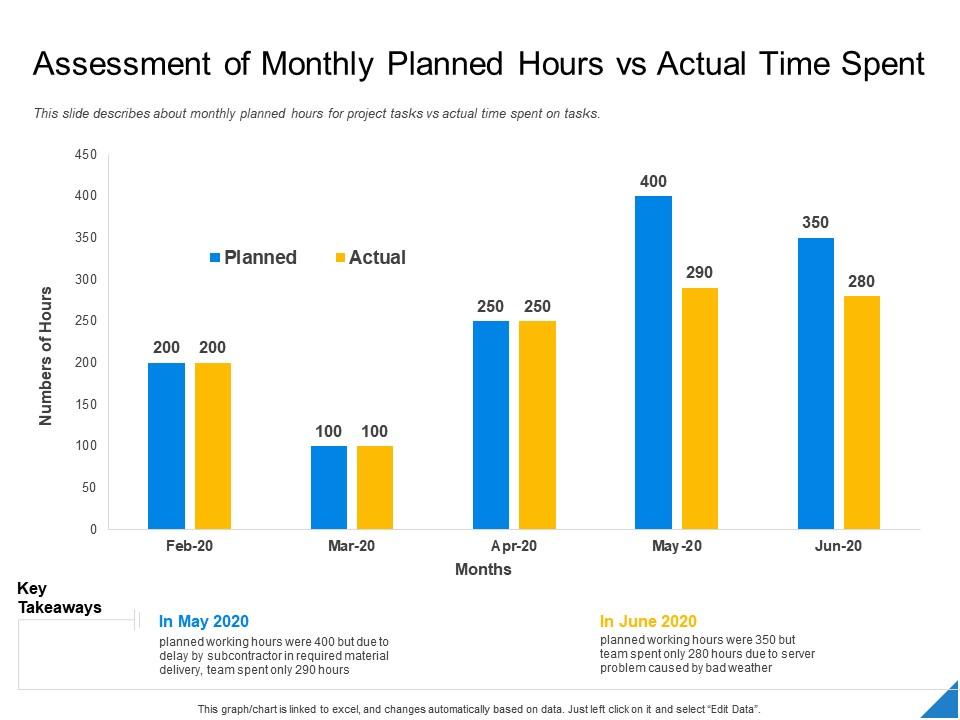
When working with employees on an hourly rate, the hours worked may vary from day to day. So this process will be repeated daily and will have different how to open a business bank account online values. By tracking the number of hours worked, employers can ensure that they pay employees for the exact amount of time they have worked.
Tracking employee work hours
It’s a backwards-looking metric that retroactively determines the number of labor hours that were actually needed to justify revenue earned in that time. In the wake of the great resignation, restaurants have been raising labor costs to both attract and retain all-star employees. Nowadays, an over-staffed shift costs more because your restaurant could be seriously overspending on labor. So, tracking billable hours offers a great insight into how much money you’re making (or losing) on every client’s projects.
What is the Difference Between Billable Hours vs Actual Hours?

Finally, integrating Bill4Time into your practice supports not just individual lawyers but entire teams. Finally, multiplying the rounded decimal hours by your hourly rate determines the fee. For instance, if the billing rate is $300 per hour and the task duration is 48 minutes (0.8 hours), you would multiply $300 by 0.8 for a total of $240 earned. The concept of billable hours versus actual hours plays a pivotal role in defining both the economic health and operational efficiency of law firms. Enhance project efficiency with a deep dive into estimating hours, ensuring accurate timelines and resource allocation for successful project management outcomes. Employees should understand the difference between work that makes money and other tasks, affecting if they can get benefits and productivity.
Our Team Will Connect You With a Vetted, Trusted Professional
They are the main part of billing practices in service industries and are crucial for billing accuracy. This concept involves recording time spent on billable projects as well as any non-billable tasks or non-billable operational overhead. Non-billable hours refer to time spent on activities that cannot be directly charged to clients, such as administrative tasks, internal meetings, and employee training.
What Are the Pros and Cons of Using a Billable Hour Model?
It ensures the client pays for the actual time and expertise provided. Using time tracking software like Toggl can greatly improve billing practices and make sure billing is correct. By keeping a close eye on hours worked for clients versus other work, you can make your team’s productivity better and focus on work that makes money. Tools for tracking time and figuring out total hours worked, including overtime pay, are important for making sure billing is correct. The goal is to make the most money per hour from billable hours while keeping productivity high.
- Payroll errors can also potentially land an employer in trouble with a country’s labor regulators.
- Direct labor rate variance is equal to the difference between actual hourly rate and standard hourly rate multiplied by the actual hours worked during the period.
- Given the flexible nature of modern remote work and its ease of use, time tracking software is by far the most accurate and scalable method of all four.
Introduction to billable and actual hours
While it may not all be physically working, any time an employee has to be at their job site counts as hours worked. Most restaurant managers create schedules based on their sales forecast, but what if a restaurant’s actual sales don’t match its forecasted sales? If your sales forecast doesn’t align with your actual sales, then it’s likely your restaurant won’t be staffed correctly. If you are overstaffed, your restaurant is losing profits, and if you’re understaffed, your guest experience will suffer.
While it seems straightforward, it gets complicated when we factor in the different types of working hours. Manual calculation is the most common method of calculating hours worked for an hourly employee. When employees are constantly monitored and evaluated for their work hours, it can lead to burnout. Earned hours indicate how long employees should have worked during a shift based on the actual sales during the shift. Earned hours vs. actual hours is a powerful equation that can help optimize schedules, avoid staffing mishaps, and evaluate operational effectiveness. This doesn’t necessarily mean that a positive variance is always a good thing.
This is especially necessary if your employees work on an hourly rate and when specific jobs require strict bookkeeping. Whether you’re an enterprise or a startup, keeping track of the hours worked for each employee is essential for attendance and payroll purposes. If a professional cannot keep accurate records of their work hours, this can lead to billing complications.
